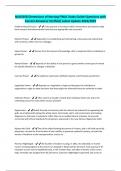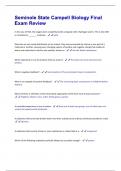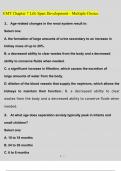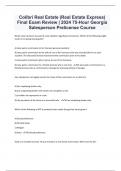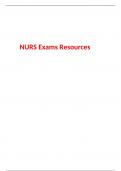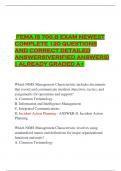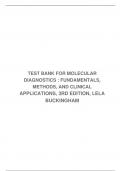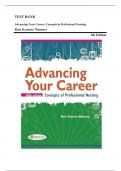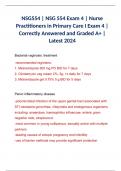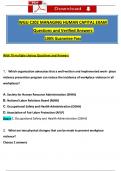Exam (elaborations)
NUR2058 Dimensions of Nursing FINAL Study Guide-Questions with Correct Answers/ Verified/ Latest Update 2024/2025
- Course
- Institution
Evidence Based Practice -️️is the practice of nursing in which interventions are based on data from research that demonstrates that they are appropriate and successful. Referent Power -️️dependent on establishing and maintaining a close personal relationship with someone, either client o...
[Show more]
